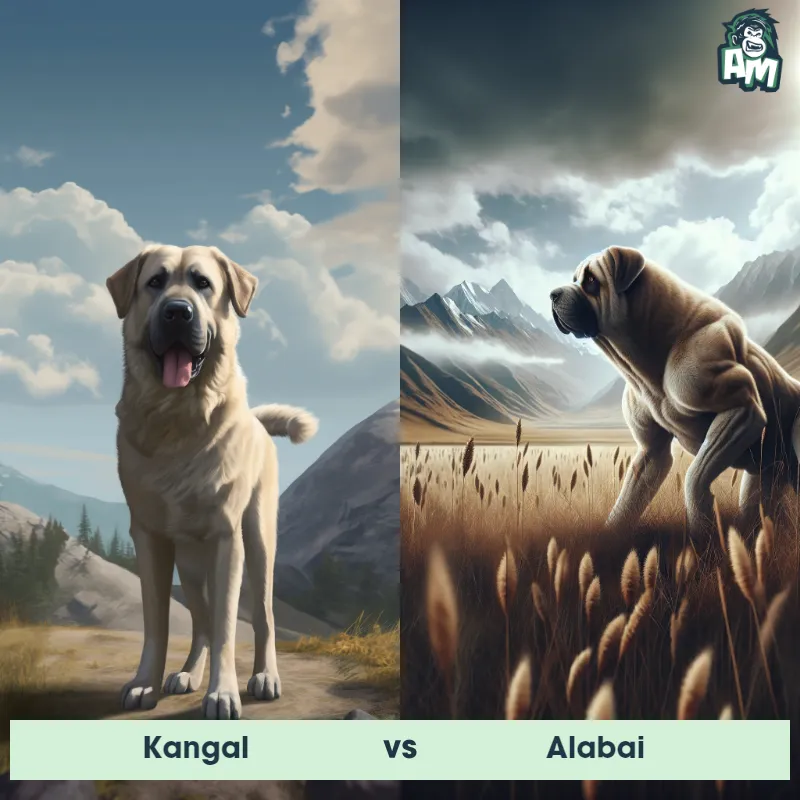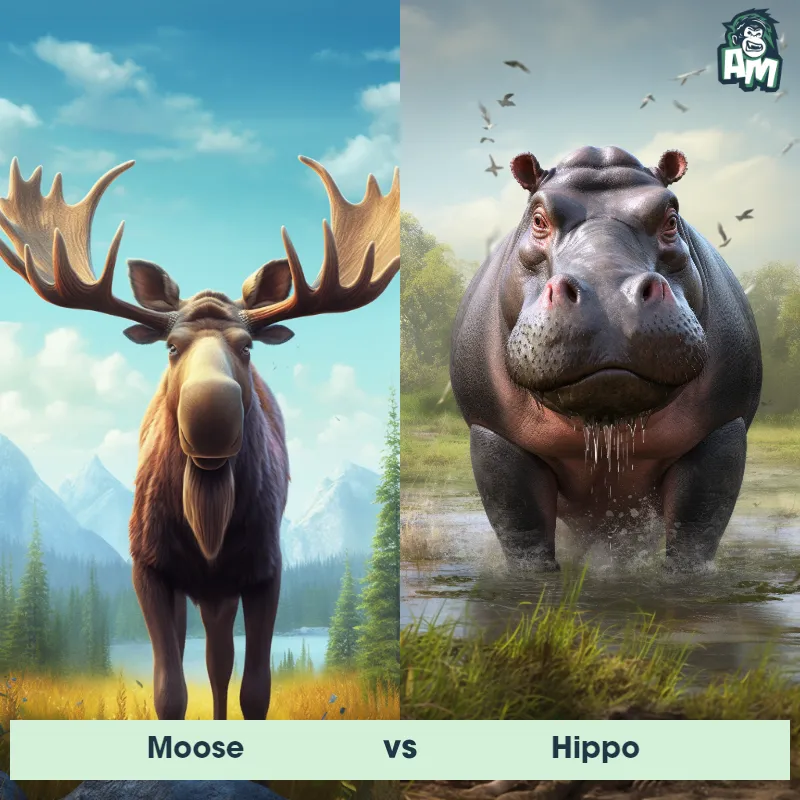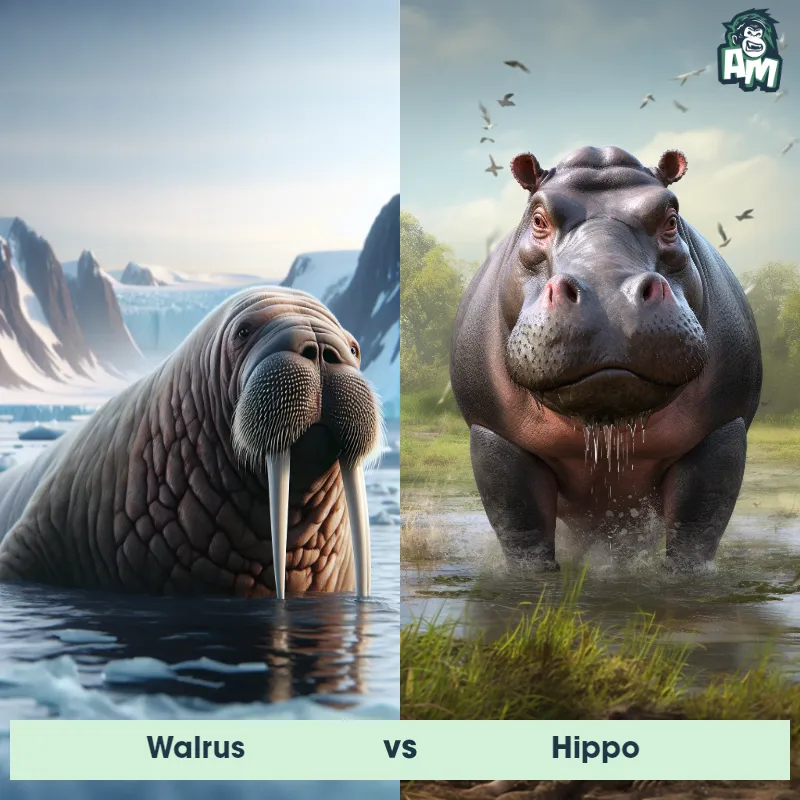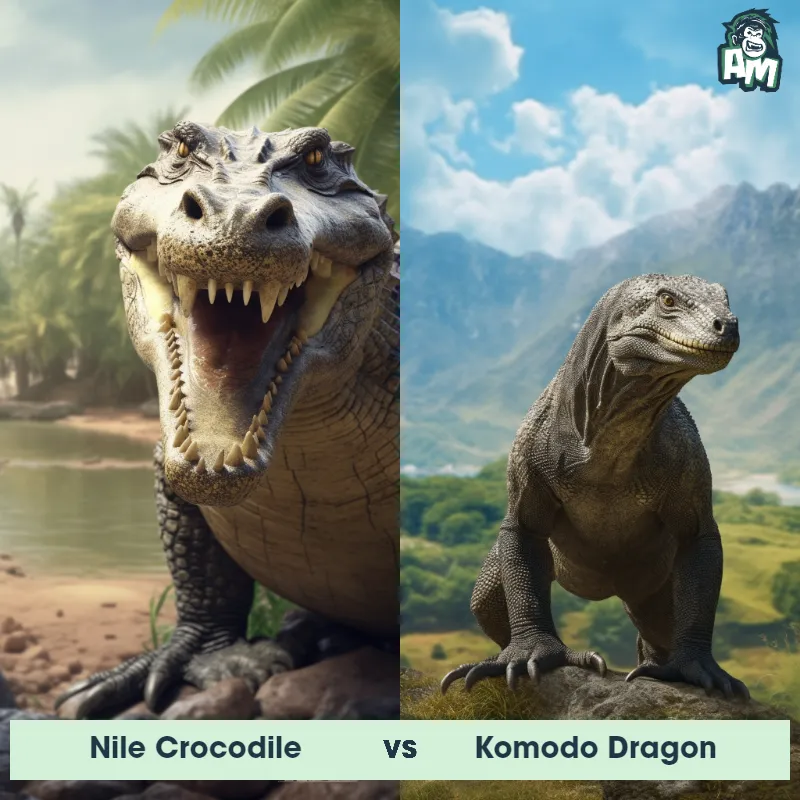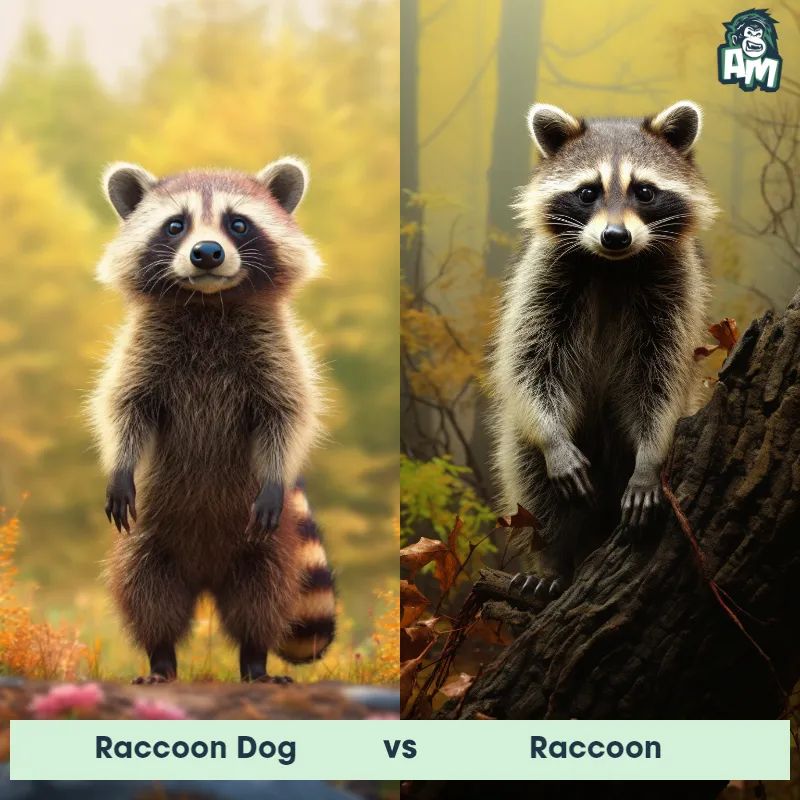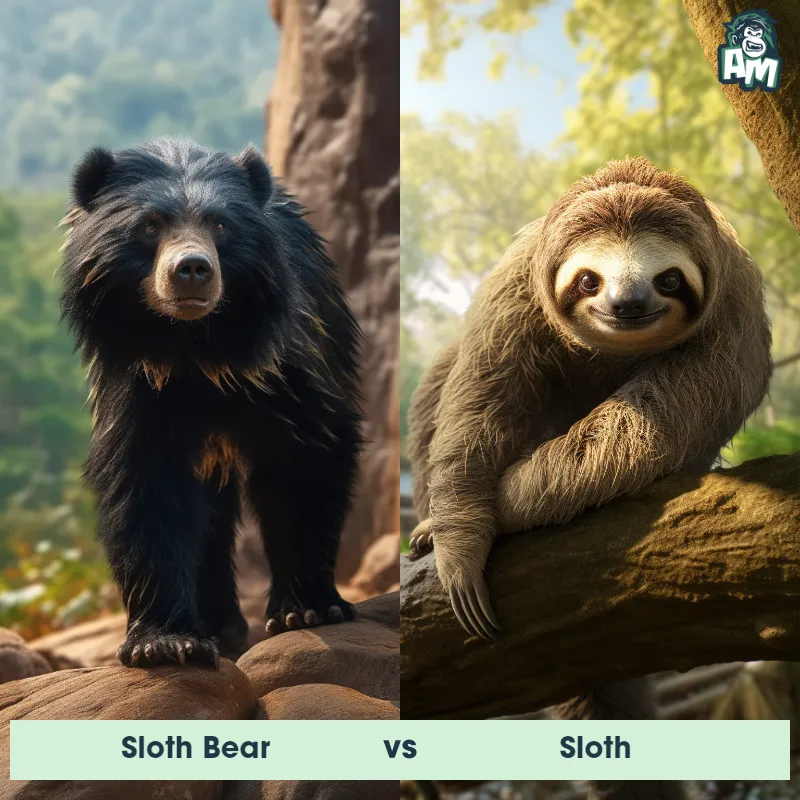Diplodocus vs GiganotosaurusSee Who Wins

In the prehistoric corner stands the colossal Diplodocus, towering with might and ready to challenge at every stride. Facing it, the fierce and formidable Giganotosaurus, a creature known for its unparalleled ferocity and strength. The tension is palpable as these giant titans prepare for battle.
Contender 1: Diplodocus
The Diplodocus, a herbivorous dinosaur from the Late Jurassic period, is known for its long neck, whip-like tail, and sturdy legs. It could reach lengths of up to 90 feet and weigh as much as 12 tons. Despite its massive size, its skull was small and light, with peg-like teeth for stripping leaves off branches.
Fun Fact: One fun fact about Diplodocus is that it is estimated to have had a heart weighing around 600 pounds to supply blood to its large body.
Contender 2: Giganotosaurus
The Giganotosaurus, also known as the giant southern lizard, was a massive carnivorous dinosaur that roamed South America during the Late Cretaceous period. It was one of the largest land predators, measuring up to 40 feet in length and weighing around 8 tons. Known for its serrated teeth, powerful jaws, and sharp claws, Giganotosaurus was a formidable hunter that likely preyed on large herbivorous dinosaurs.
Fun Fact: Despite being slightly smaller than the Tyrannosaurus rex, Giganotosaurus had longer arms, which allowed it to have a wider range of motion and potentially be better at grasping and holding onto prey.
Matchup Stats
| Diplodocus | Giganotosaurus | |
|---|---|---|
| Size | 90 feet (27.4 meters) | Up to 40 feet (12 meters) |
| Weight | 12 tons (10,886 kilograms) | Around 8 tons (7,250 kilograms) |
| Speed | 10 - 15 mph (16 - 24 km/h) | 31-34 mph (50-55 km/h) |
| Key Strength | Tail whip | Powerful jaws |
| Biggest Weakness | Small skull and teeth | Short arms |
Current Votes
Diplodocus vs Giganotosaurus
See Who Wins
View More Matches
Looking For More?
Similar Matches
Scientific Stats
| Diplodocus | Giganotosaurus | |
|---|---|---|
| Scientific Name | Diplodocus | Giganotosaurus carolinii |
| Family | Diplodocidae | Carcharodontosauridae |
| Habitat | Forests | Terrestrial |
| Geography | North America | South America |
| Diet | Herbivore | Carnivorous |
| Lifespan | 70 years - 100 years | 25 years - 35 years |
Key Differences between Diplodocus and Giganotosaurus
- Size: Diplodocus measured up to 90 feet long, while Giganotosaurus measured around 40 feet long.
- Posture: Diplodocus walked on four legs, maintaining a horizontal body posture, whereas Giganotosaurus was bipedal, standing upright on its hind legs.
- Tail: Diplodocus had a long, whip-like tail, whereas Giganotosaurus had a shorter, tapered tail.
- Skull: Diplodocus had a small, elongated skull with peg-like teeth, contrasting with Giganotosaurus, which had a large, broad skull with serrated teeth.
- Limbs: Diplodocus had relatively small limbs compared to its body size, while Giganotosaurus had more massive, muscular hind limbs.
- Neck: Diplodocus had an elongated neck, constituting a significant portion of its body length, whereas Giganotosaurus had a short, robust neck.



